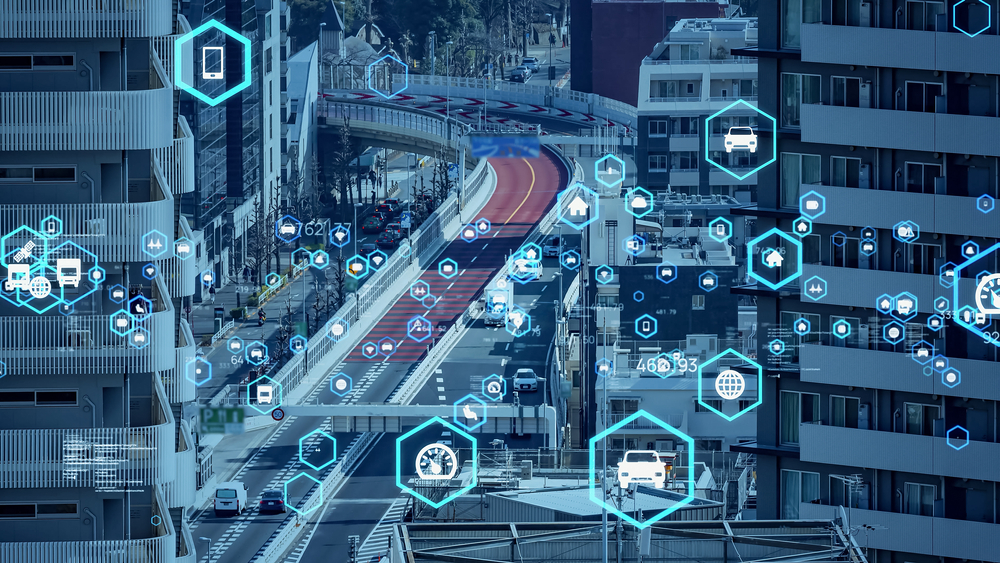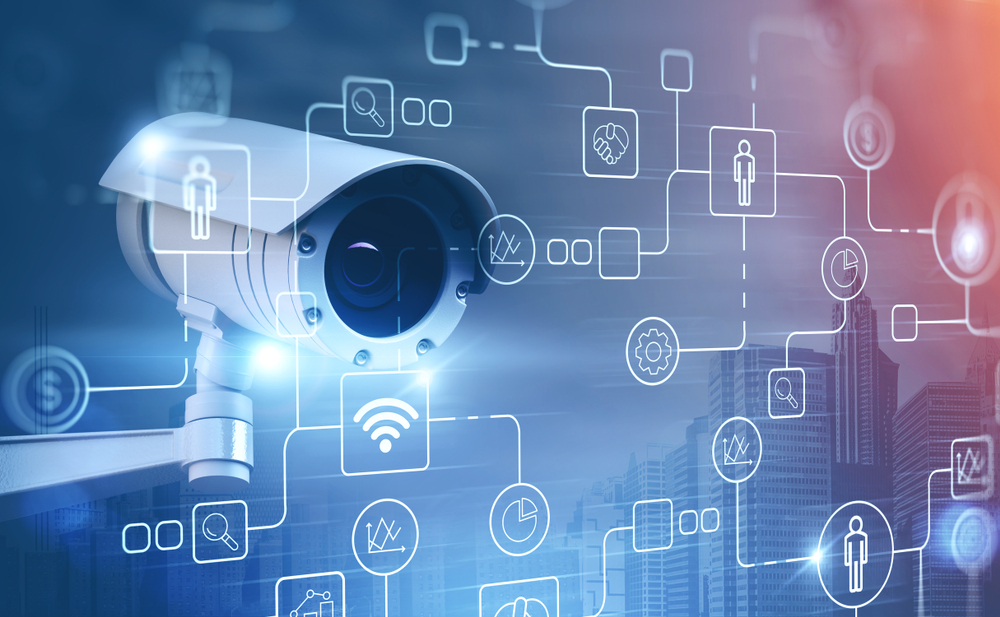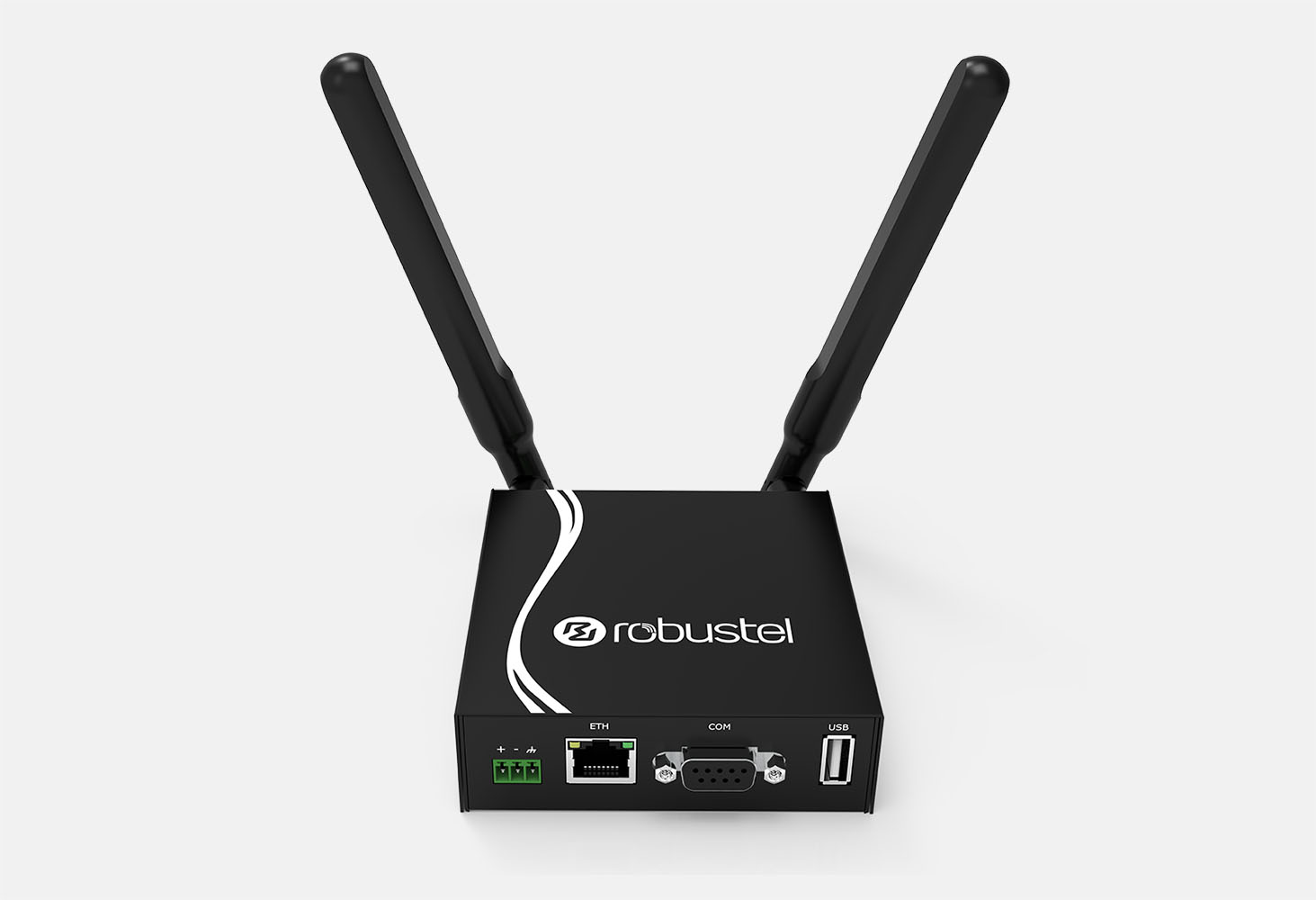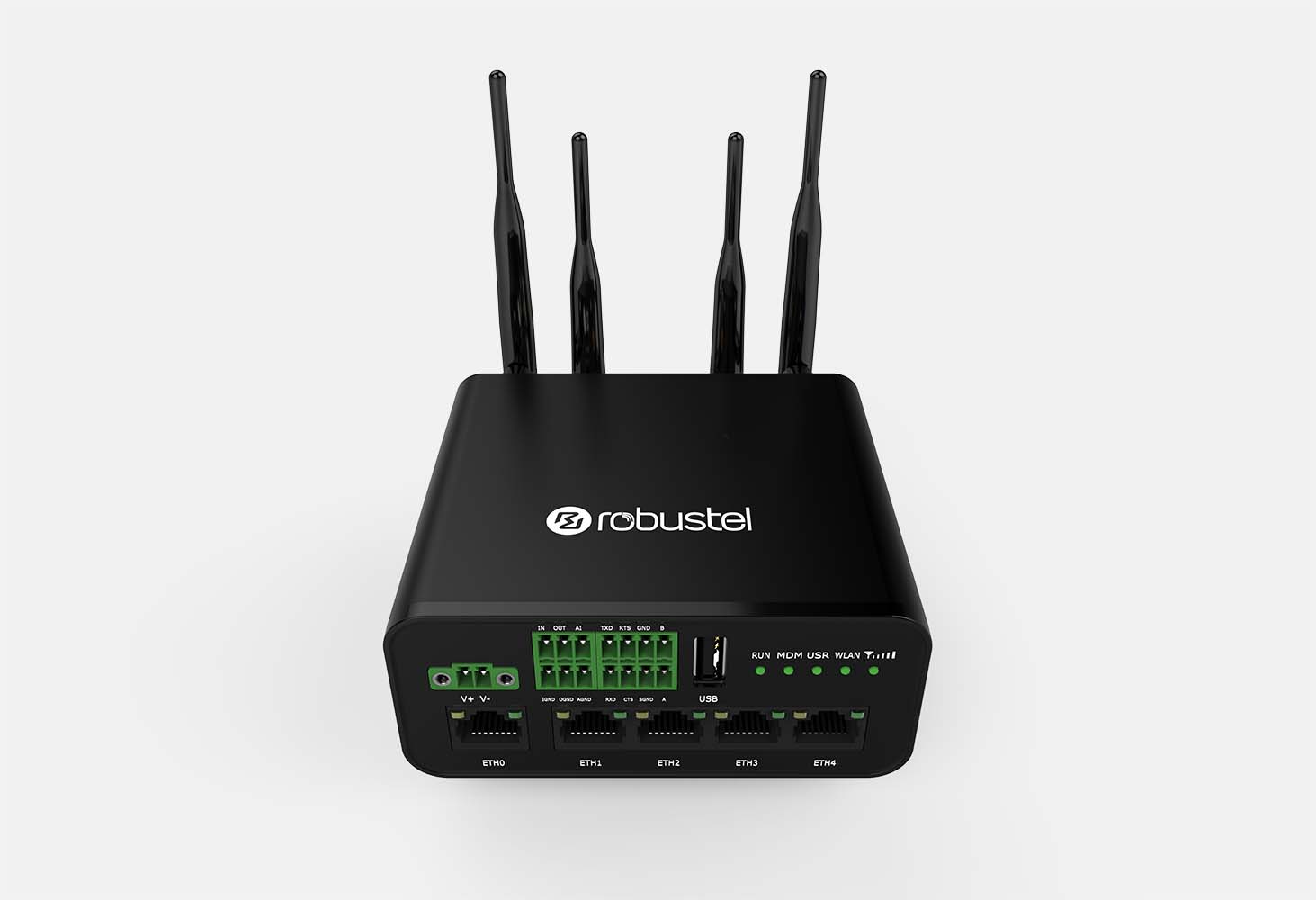Rising population numbers are adding strain to already ageing city infrastructures. You may have experienced it yourself, with longer wait times for public transport or high congestion during peak hour traffic. In response, local governments and city planners are turning to the Internet of Things (IoT) to create smart cities to increase operational efficiencies and improve the public’s everyday life in a concept called smart cities.
Smart cities use information and communication technologies to improve operational efficiencies and, perhaps most importantly, improve public safety via emergency alert systems. While IoT in smart cities can’t stop emergencies from happening, devices and smart city technology can assist in early detection, response and recovery. Here’s how IoT is transforming smart city emergency management and response.
The technology behind smart city safety
A large part of the smart city framework is a network of connected devices and technology. This network can receive, analyse and manage data in real-time, aiding the entire city in making better decisions around safety.
This network is made up of smart technologies like:
- Streetlights. Sensors, cameras and audio recorders can be used to monitor particular areas. Smart lighting systems can also be automated to adjust brightness when needed.
- Traffic lights. By providing analysis of traffic conditions and congestion, smart traffic lights can adjust their timing to aid in traffic flow. They can also be used to give first responders a direct path of travel to an emergency.
- Emergency Vehicles. Data can be captured from the field, which can give other responders a real-time view of the situation, and can be used later for training.
- Smart Buildings. Automated networks in smart buildings can monitor access and conditions inside the building.
- Sensors. From air quality to fire or other weather conditions, sensors can be deployed on a large scale to constantly monitor for any threats.
How connected cities respond to an emergency
Smart cities are using these technologies in unprecedented ways to create smart, connected urban hubs that help keep their citizens safe. Let’s look at some of the ways these technologies are being used in case of an emergency.
Risk management
Security systems made of sensors and CCTV can detect potential threats or hazards as soon as they arise, before responding to them in real-time. This is important for crowded cities, with thousands if not millions of people moving about the city every day.
Smart city technology can be used to record small changes to buildings, the environment or public spaces before transmitting this data to a centralised dashboard. From there, alerts can be sent to the relevant authorities who can prepare a response or risk management strategy.
Smarter emergency response
From fires that spread in mere minutes to crimes that quickly escalate, the response time of emergency responders will significantly impact the outcome of the situation. That makes emergency response a high priority for smart cities.
The interconnected nature of smart city infrastructure is helping build greater efficiency in emergency situations - from the initial phone call to emergency response coordination. Take traffic for example. By using sensors and video surveillance, traffic controllers can better optimise the routes of emergency vehicles by adjusting traffic lights or finding a less congested route. The work of the smart city sensors doesn’t stop here. Once on scene, they can be used to relay information to first responders, creating a clear picture of the emergency they’re heading into.
Then there’s also the benefit of autonomous drones and vehicles, getting help into tough terrains that would otherwise be inaccessible, or take hours to tackle by humans.
Smart Healthcare
IoT safety in smart cities goes beyond the initial emergency zone, with benefits extending to the emergency room and other healthcare facilities. These connected networks can help; improve remote treatments, diagnose health problems quicker and more accurately, enable collaboration between specialists, globally.
On a broader public health view point, IoT helps communities and community managers better respond to major outbreaks of disease. Take water-borne viruses for example. IoT devices can be used to monitor temperatures, pollutants and other environmental factors while also working to find the source of the outbreak. IoT technologies like drones can then be used to identify other risks like standing pools of water or even infected insects.
Public safety
Sometimes the best emergency response solutions mitigate the risk before it becomes a major issue. That’s where IoT can help cities effectively manage crowds, environmental conditions or road conditions.
Smart digital signage can be used to inform drivers of risky road conditions, while sensors and video surveillance can be used to monitor crowd levels. These real-time alerts can act as early warnings, meaning emergency response teams can act quickly, before the threat spreads.
Connect your IoT devices
At the centre of smart city safety is a reliable connection. Without it, emergency responders can be left in the dark while the public can be left vulnerable and unaware of risks. By harnessing IoT devices, city managers can monitor real-time data, improving their ability to react quickly - no matter where the event is unfolding. The cloud-based nature of IoT devices means that first responders can all have access to the same data, improving communication and response times that ultimately saves lives.
Robustel's rugged outdoor routers are the perfect solution and have already been deployed in a range of environments - from tough terrains to complex public transport networks. We have a solution that will connect your devices and help bring safety and efficiency to your networks.




